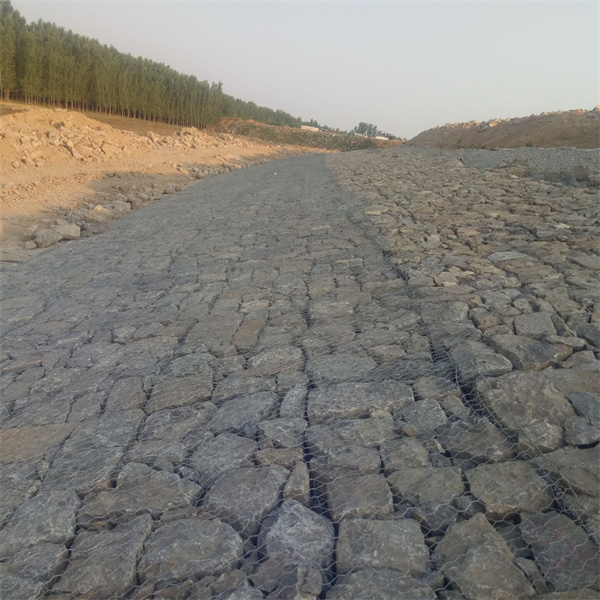Dec . 02, 2024 01:37 Back to list
best protective net for balcony
Best Protective Net for Balcony Ensuring Safety and Peace of Mind
When it comes to enjoying a balcony, whether it’s for morning coffee, evening relaxation, or simply soaking in the sun, safety is a primary concern, especially in homes with children or pets. A protective net for your balcony serves as an essential barrier, providing safety from accidental falls while still allowing you to enjoy the view and fresh air. With various options available on the market, choosing the best protective net for your balcony can be overwhelming. Here, we explore the features, benefits, and types of balcony nets to help you make an informed choice.
Safety First
The primary purpose of a balcony protective net is safety. Falls from balconies can lead to serious injuries, making it critical for households with young children or pets to have a safety solution in place. A well-installed protective net acts as a deterrent, preventing accidental slips and falls. Most nets are designed to withstand considerable weight and pressure, ensuring that they can effectively support against unexpected impacts.
Types of Protective Nets
1. Plastic Nets Plastic nets are often made from high-density polyethylene or nylon, providing flexibility and durability. They come in various mesh sizes, allowing for visibility while still acting as a barrier. Their lightweight design makes them easy to install and remove, a key benefit for renters or those who may want to take the net down seasonally.
2. Metal Grilles For more robust safety solutions, metal grilles or mesh screens made from aluminum or galvanized steel offer enhanced protection. These grilles are sturdy and have a longer lifespan compared to plastic nets. While they may obstruct the view somewhat, they provide substantial peace of mind.
3. Cotton or Fabric Nets For aesthetic purposes, some homeowners opt for cotton or synthetic fabric nets. These nets can be more visually appealing and can come in various colors and designs, complementing the overall decor of your balcony. However, they may not be as durable as plastic or metal options and might require more maintenance.
best protective net for balcony

Installation
When installing a protective net, ensuring proper installation is crucial for its effectiveness. It’s important to measure the dimensions of your balcony accurately and choose a net that fits snugly without gaps. Most nets come with installation kits that include hooks or clamps to secure them tightly. If you’re not confident in your DIY skills, consider hiring a professional for installation to ensure maximum safety.
Maintenance
Regular maintenance of your balcony net will extend its lifespan and maintain its protective qualities. For plastic and fabric nets, periodic cleaning with mild soap and water is recommended to prevent the buildup of dirt, mold, or mildew. Metal grilles may require occasional checks for rust or wear, especially in coastal areas where salt can accelerate corrosion.
Aesthetic Considerations
While safety is the primary concern, the appearance of the protective net should not be overlooked. Many manufacturers offer customizable options, enabling you to choose colors and designs that blend seamlessly with your balcony decor. Consider the style of your home and your personal preferences when selecting a net to ensure that it enhances rather than detracts from your outdoor space.
Conclusion
In conclusion, the best protective net for your balcony is one that meets your specific safety needs while fitting your lifestyle and aesthetic preferences. With a variety of materials and designs available, selecting the right protective net can provide the safety you need without sacrificing style. Whether you have children, pets, or simply want to enjoy your balcony without worry, investing in a high-quality protective net is a wise decision. So go ahead, enjoy that morning coffee on your balcony, knowing that you’ve taken the necessary steps to keep your loved ones safe.
-
HESCO Gabion Baskets for Coastal Erosion Prevention
NewsAug.22,2025
-
Longevity and Durability of River Rock Gabion Walls
NewsAug.22,2025
-
How to Integrate Gabion 3D Walls in Urban Planning
NewsAug.22,2025
-
Reno Mattress Gabion Applications in Civil Engineering
NewsAug.22,2025
-
How to Install Wire Mesh for Gabion Baskets Properly
NewsAug.22,2025
-
Best Materials for Filling a Chain Link Gabion
NewsAug.22,2025
-
Wire Mesh Thickness Impact on Gabion Wall Load Bearing
NewsAug.12,2025






